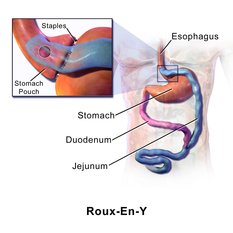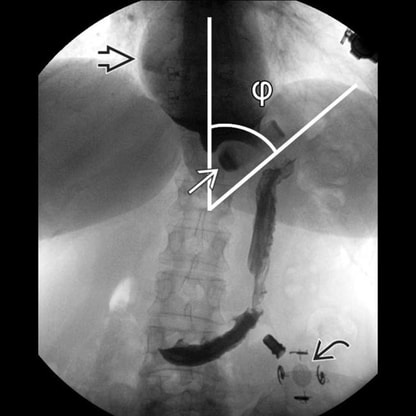|
One-third of Americans self report as obese, and bariatric surgery has become a leading treatment option. Approximately 200,000 procedures are performed annually, most commonly gastric sleeves. Common ProceduresRoux en Y Gastric Bypass: Classically the most well known bariatric surgery, where the proximal stomach is attached to the distal small bowel, and the stomach is stapled to create a small functional stomach. The stomach may be attached from the anterior or posterior aspect, leading to some individual variability. Laparoscopic Gastric Banding: A band is placed around the superior stomach by dragging behind the posterior aspect and then secured. Sleeve Gastrectomy: The stomach is stapled to removal a large portion of the stomach. Surgical Complications
1 Comment
8/1/2022 10:47:52 pm
Thanks for the detailed explanation and video. It is a very useful piece of content. I really appreciate your efforts in creating great content like this.
Reply
Leave a Reply. |
Categories
Archive
February 2018
Please read our Terms of Use.
|


